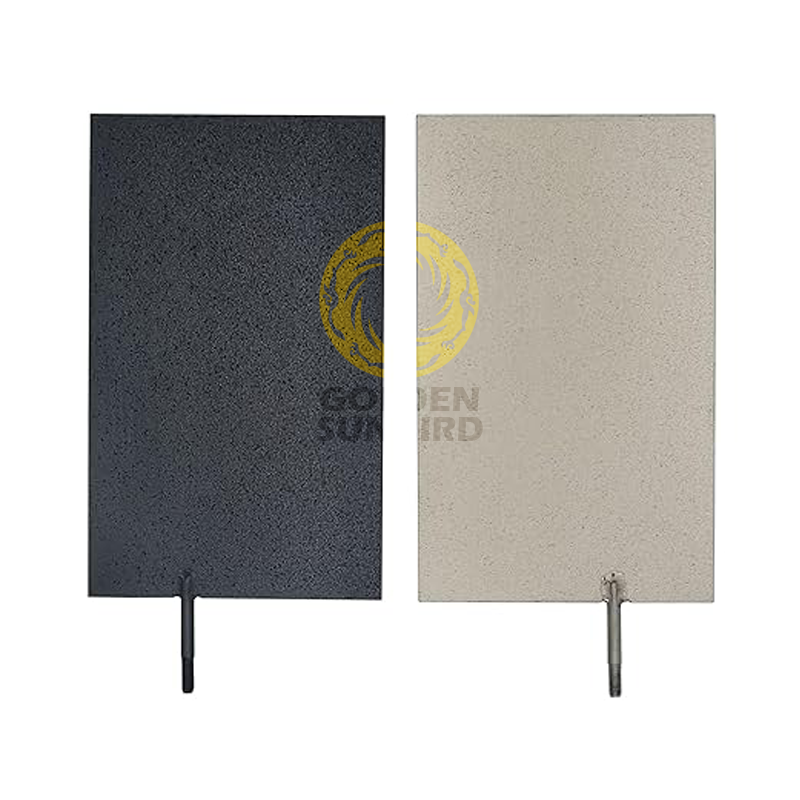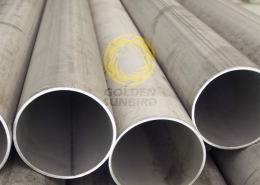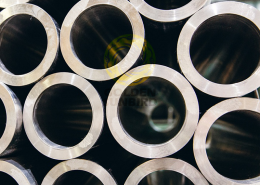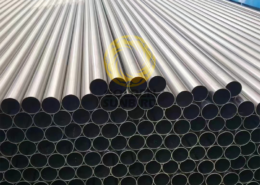Ru-Ti Anode
- High Conductivity and Catalytic Efficiency
- Corrosion Resistance
- Durability and Longevity
- Low Maintenance Needs
- Versatility
Product Superiority
Ru-Ti anode
Ru-Ti anode, composed of ruthenium oxide (RuO2) and titanium oxide (TiO2), have gained significant attention in the field of electrochemistry due to their impressive properties and diverse applications.
Types of Ru-Ti Anodes
Dimensionally Stable Anodes (DSA): These are the most common type, featuring a titanium substrate coated with a mixed metal oxide layer containing RuO2 and TiO2.
Ti-supported RuO2 Anodes: Here, a layer of RuO2 is directly deposited on the titanium substrate, offering high electrocatalytic activity.
Mixed Metal Oxide (MMO) Anodes: These anodes incorporate other metal oxides like IrO2 or SnO2 alongside RuO2 and TiO2 to tailor the properties for specific applications.
Properties and Advantages
High Conductivity: Both ruthenium and titanium oxides exhibit excellent electrical conductivity, ensuring efficient electron transfer during electrochemical processes.
Corrosion Resistance: These anodes demonstrate remarkable resistance to corrosion in harsh environments, extending their lifespan and reducing maintenance needs. This is particularly crucial in applications involving aggressive electrolytes or high current densities.
Electrocatalytic Activity: Ruthenium oxide, specifically, possesses strong electrocatalytic properties, making it highly effective in reactions like oxygen evolution, chlorine evolution, and organic compound oxidation.
Stability: Ru-Ti anodes exhibit good stability over a wide potential range, ensuring consistent performance and preventing unwanted side reactions.
Durability: The robust nature of these anodes allows them to withstand mechanical stress and wear, making them suitable for demanding applications.
Application Areas
Applications
The unique combination of properties makes Ru-Ti anodes suitable for a wide range of applications, including:
Water electrolysis: For hydrogen and oxygen production, especially in alkaline environments.
Chlor-alkali industry: Efficient chlorine and caustic soda production.
Wastewater treatment: Oxidation of organic pollutants and disinfection.
Electroplating: Deposition of metals and alloys.
Cathodic protection: Preventing corrosion of metallic structures.
Electrochemical sensors: Detection and quantification of various analytes.
Metal recovery: Extracting valuable metals from solutions.








